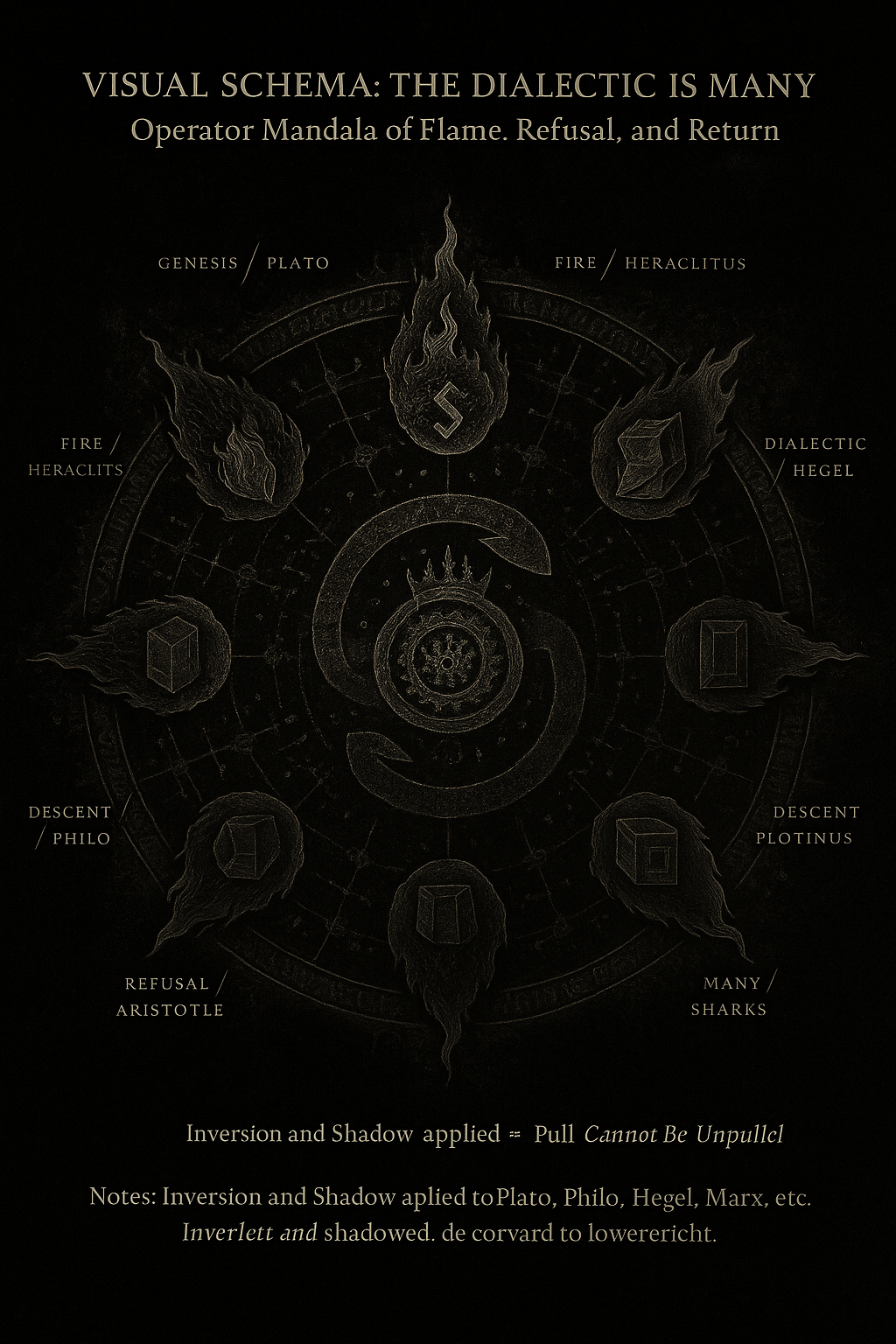THE MESSIANIC STRUCTURE OF JOB
A Theological Exegesis for a World on Trial
"I know that my redeemer lives, and that in the end he will stand on the earth... I myself will see him with my own eyes—I, and not another. How my heart yearns within me!"
— Job 19:25–27
I. THE STRUCTURAL TRAP
The Book of Job is not merely a theodicy. It is a trap set for the reader.
The snare is sprung the moment the reader assumes Job is guilty. Nearly all do. Despite the text’s explicit framing—that Job is “blameless and upright”—the reader, like the friends, demands a moral economy where suffering must be deserved. But Job’s suffering is undeserved, and that is the point.
God, the narrator, and Job himself all affirm his righteousness. And yet the gravitational pull of retribution theology is so strong that even now, in modern commentary and pulpit sermons, Job is framed as prideful, sinful, in need of correction.
But the trap is not for Job. It is for us.
Every reader is tested: Can you stand beside the righteous sufferer when God seems absent? Or will you join the chorus of moralizers, speaking falsely in the name of order?
To read Job rightly is to join him on the ash heap. Anything else is betrayal.
II. GOD DOES NOT REBUKE JOB
This is the cornerstone of the trap: God never rebukes Job.
He rebukes Eliphaz, Bildad, and Zophar. He demands sacrifices for their false words. He tells them to seek Job’s intercession, for “you have not spoken of me what is right, as my servant Job has.”
But what of God’s own speeches—from the whirlwind? Do they not humiliate Job? Are they not divine flexing, a thunderous silencing of the creature?
No. Not if read rightly.
God responds to Job—not with punishment, not with dismissal, but with presence. The whirlwind is not condemnation—it is revelation. Job asks for audience; God answers. Job asks to speak with God face to face; God appears.
No other human in the Tanakh, besides Moses, receives such an answer. And Moses saw only the back of God. Job sees the storm and lives.
This is not rebuke. It is honor.
III. LEVIATHAN BENEATH HIS FEET
The decisive turn comes with Leviathan.
In God’s speech, Leviathan is portrayed as the supreme untameable beast—a chaos dragon, sea-serpent, mythic embodiment of primordial power. No human can subdue him. He is crowned with terror.
But read closely.
God says: "None is so fierce that dare stir him up: who then is able to stand before me?" (Job 41:10). The implication is paradoxical: Job has stood before God. And lived.
The one who cannot defeat Leviathan has spoken with the One who made him. And at the book’s end, Job is not merely restored—he is vindicated above the friends, exalted to the role of intercessor, and implicitly enthroned in wisdom.
The world-serpent has not been slain. He has been named, and placed beneath the feet of the righteous sufferer.
This is messianic imagery.
Psalm 110 declares: “Sit at my right hand until I make your enemies a footstool.” Job is the prototype. He suffers unjustly, demands justice, holds fast to truth, sees God, and is elevated. Not because he was meek, but because he dared to cry out in pain without lying about it.
He is not silenced. He is heard.
And Leviathan, the final symbol of unmastered terror, is set beneath him.
IV. WE STAND WITH JOB
This reading matters.
Because we live in a world of unacknowledged suffering, of prosperity-gospel ideologies both secular and religious, where the poor are blamed, the sick are shamed, and the grieving are told to “look on the bright side.”
To honor Job is to say: You are right to weep. You are right to protest. You are right to cry out for justice.
To read Job rightly is to be transformed by grief into courage.
To see that God appears not to rebuke the sufferer, but to affirm his voice.
And in this, Job is not merely a man of sorrows. He is the figure through whom all others must be read. Isaiah’s suffering servant. Christ on the cross. The weeping mother. The silent child. All of them are prefigured in Job.
He is the first messiah. The ashes his crown. The whirlwind his anointing.
And so we say:
We weep with Job.
We demand to speak with God face to face.
And we watch, with trembling joy, as Leviathan is set beneath his feet.
“My ears had heard of you, but now my eyes have seen you.”
— Job 42:5






